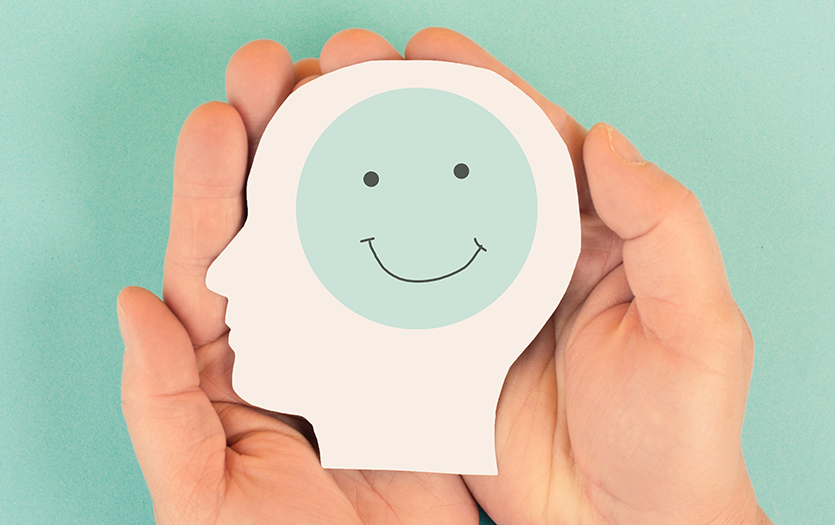
This post was written based on a recent appearance by Emily Schroeder, MD, PPG – Endocrinology, on the television program PBS HealthLine.
An endocrinologist briefly explains what endocrinology is and her role in managing and treating diabetes.
I am an endocrinologist, a healthcare provider specializing in endocrinology, a field of medicine that studies conditions and diseases related to hormones. I typically see people dealing with thyroid, pituitary and adrenal problems and diabetes. Today, I’d like to focus primarily on the management and treatment of diabetes.
Defining diabetes
Diabetes is a common condition in which the blood sugar or blood glucose levels become too high. This can cause a lot of different problems in the body. The two main reasons this happens are that the body either doesn’t make enough insulin or can’t use it as well as it should.
There are two main types of diabetes, Type 1 and Type 2 diabetes. Many often think of Type 1 as childhood diabetes, but adults can develop it too. This is where the pancreas no longer makes enough insulin. Type 2 diabetes affects roughly 95% of adults who have diabetes. This type is most closely linked to being overweight or physically inactive and mainly caused by insulin resistance.
Warning signs and symptoms
Symptoms of Type 1 diabetes occur because of high blood sugar. They usually develop quickly, over a few days to weeks. At first, symptoms may be overlooked or mistaken for another illness.
Those with Type 2 diabetes may not have any symptoms early on. They may have the disease for many years before experiencing any symptoms of high blood sugar, which is why it’s important to get regular checkups with your healthcare team.
Despite their differences, Type 1 and Type 2 diabetes can share similar symptoms. Some of the most common warning signs of both conditions can include, but are not limited to:
- Extreme thirst
- Frequent urination
- Increased hunger
- Weight loss
- Fatigue
- Blurry vision
- Slow healing infections
Causes of each condition
Type 1 diabetes is an autoimmune reaction where the body’s immune system destroys the insulin-producing cells in the pancreas, causing the condition. Some people also have specific genes that make them more likely to develop Type 1 diabetes or exposure to viruses, and certain environmental factors could trigger the disorder.
On the other hand, with Type 2 diabetes, your cells don’t respond appropriately to insulin. As previously mentioned, this is known as insulin resistance and usually occurs because of lifestyle factors or abnormal genes that prevent your body’s cells from working properly. And unlike Type 1 diabetes, Type 2 diabetes is preventable.
Treatment
The main focus of treating Type 1 and Type 2 diabetes is keeping blood sugar levels within a healthy target range. Doing so will help prevent common diabetes health complications like heart disease, kidney disease, diabetic neuropathy, diabetic retinopathy, hearing difficulties, oral health problems and mental health issues.
To help manage either condition, patients must do the following:
- Consistently take insulin or medication (if necessary)
- Check blood sugar levels often
- Make healthy food choices
- Exercise and stay physically active
- Lose and maintain healthy body weight
- Adhere to regular doctor visits
- Keep blood sugar in the target range
- Control blood pressure and cholesterol
- Do not smoke
Next steps after a diabetes diagnosis
If you’ve received a diabetes diagnosis, the first step would be to enroll in a diabetes education course. This will help you understand what diabetes is, how it works, and how it affects your body. In some cases, people may need to start medication immediately, but they should still attend diabetes classes to learn how to manage their condition properly.
Current monitoring options for diabetes
In the past, those living with diabetes primarily used glucometers to measure their blood sugars by pricking their finger and using a small drop of blood on a disposable test strip. This can be painful, especially if you need to do multiple sticks per day. Now, people are opting for continuous glucose monitors (CGM), a small device inserted under the skin, usually on the belly or arm. Depending on the model, it can last 10-14 days before being changed out. The main advantage of this type of device is that it can automatically measure a person’s blood sugar levels, saving them from extraneous finger sticks.
Making the most of your doctor’s visits
To make the most of your regular visits, you’ll want to ensure you understand your care plan and the steps to managing your diabetes at home. If you need to monitor your blood sugar at home, it’s helpful to bring in your meter or a log of your blood sugar, so your physician can review it during your visit. Another item to bring to a doctor’s visit, whether you have diabetes or not, is a list of medications you are currently on and a list of questions you want to address during your time together. Doing this can help your healthcare provider prioritize your visit.
Where to turn for help
Managing diabetes is a team effort and at the center of that team is the person living with the condition. Most people see their doctor multiple times throughout the year and the rest at home with their family and friends making their own choices about food and exercise, which can significantly influence blood sugar. Therefore, it’s crucial for someone living with diabetes to understand how their body is affected by their lifestyle choices, actions and even medications. They must be able to successfully manage their condition at home, which requires a lot of support. At Parkview, we have several resources in place to help individuals living with diabetes, including endocrinologists, pharmacists, diabetes educators, registered dieticians, lifestyle change specialists and more.
For additional questions or concerns about managing diabetes, please call Parkview Diabetes Care Services at 260-373-4280 to speak with a diabetes educator, registered dietitian or lifestyle change specialist.



